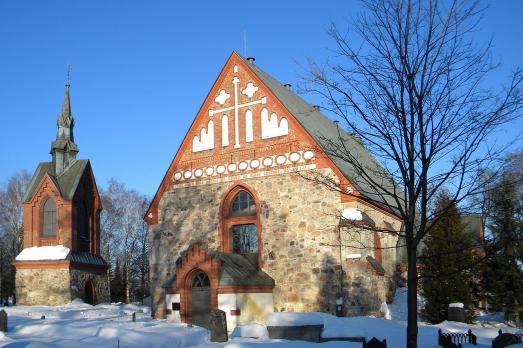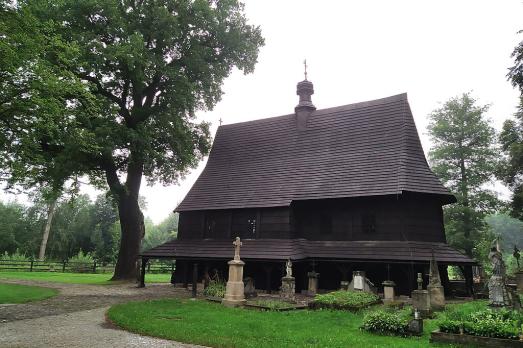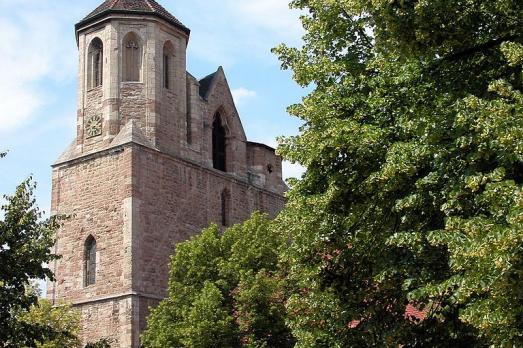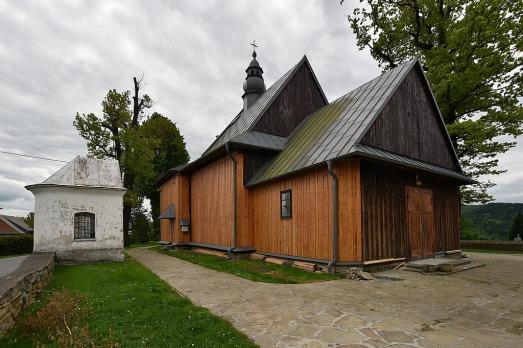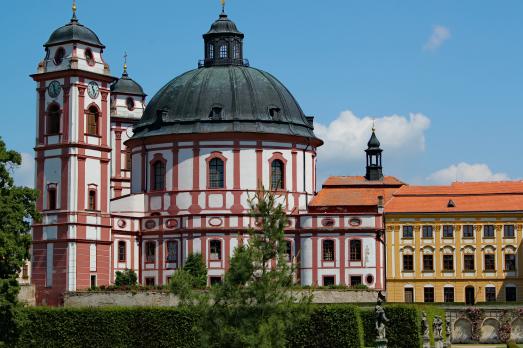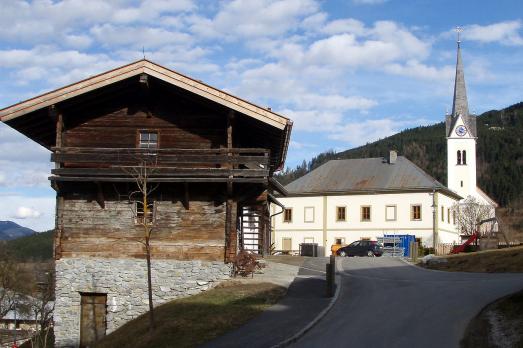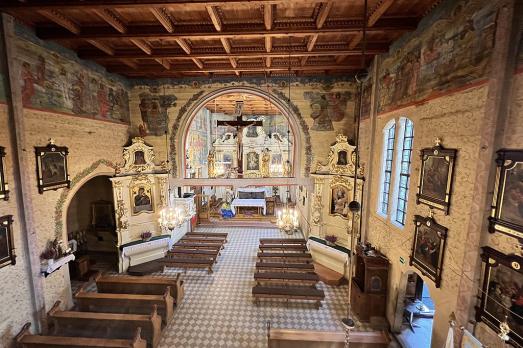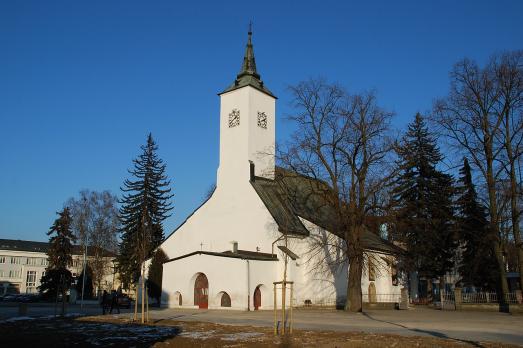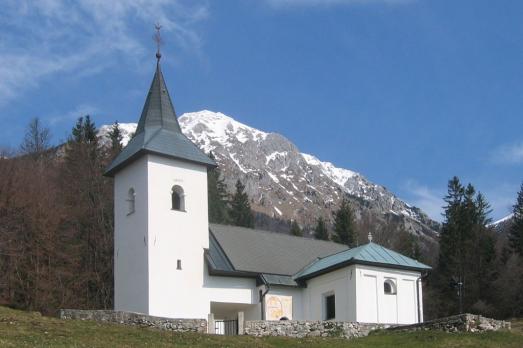
Church of St. Lawrence
Preddvor, SI
The church of St. Lawrence is first mentioned in the middle of the 12th century. Numerous alterations and time have destroyed the frescoes inside. At an altitude of 892 m above sea level, the church site offers a beautiful view of part of the Ljubljana basin.
